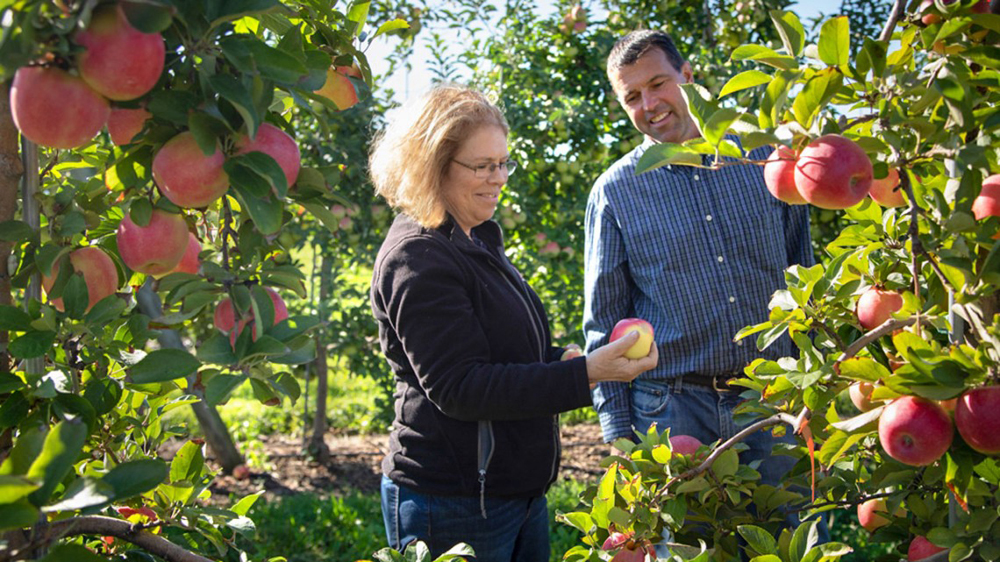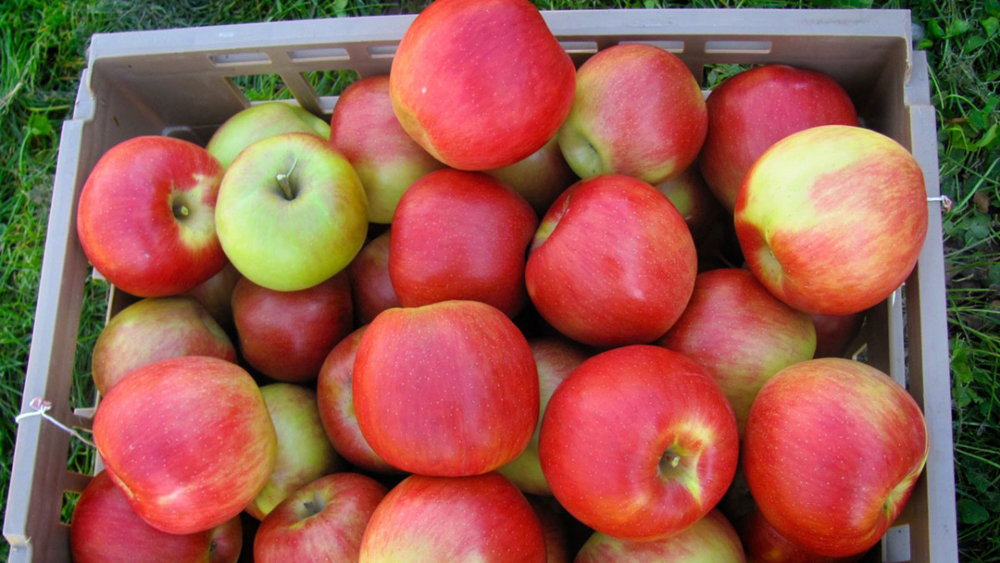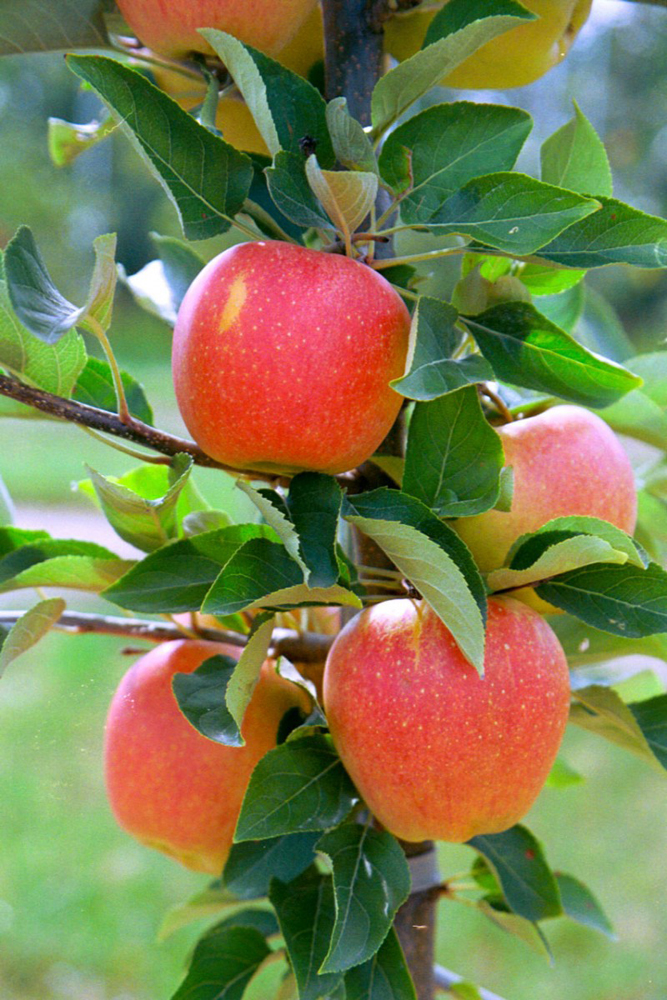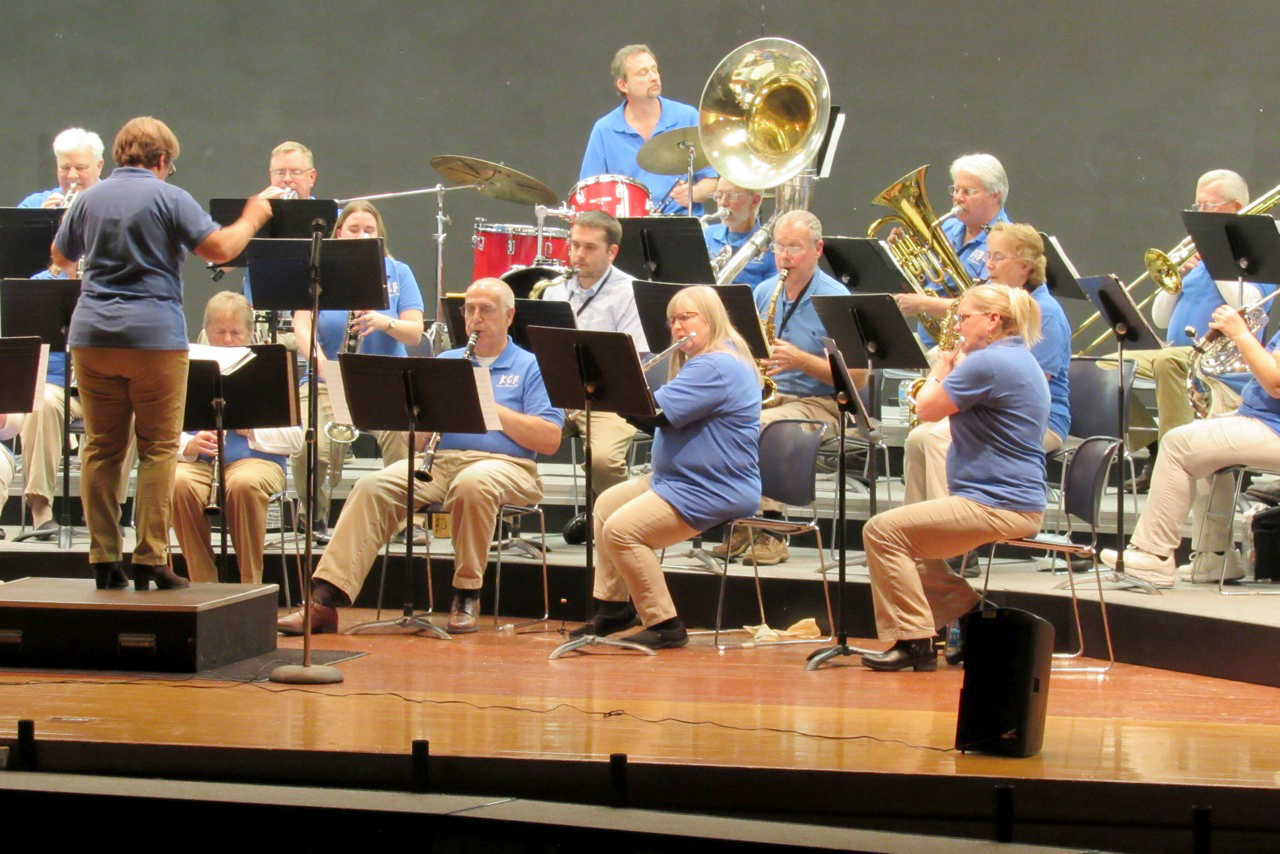Crunchy, complex – Cornell releases three new apples

by Erin Rodger
This fall, apple lovers can look forward to three new varieties from the oldest apple breeding program in the U.S. — located at Cornell AgriTech in Geneva, part of the College of Agriculture and Life Sciences (CALS).
On September 2, Susan Brown, the Herman M. Cohn Professor of Agriculture and Life Science, and research specialist Kevin Maloney announced the release of NY56, NY73, and NY109 – marketed as Cordera, Pink Luster, and Firecracker, respectively.
As an open-release, orchards in New York state and across the U.S. will be able to grow the new varieties without licensing exclusivity. Brown said this gives growers a competitive edge by allowing them to replace older apples with what today’s consumers want – crunch, complexity and a new twist on an American classic.
With Cordera, Brown accomplished a challenging task: breeding an apple that retains both its flavor and texture while also staying scab resistant. Apple scab is a fungal disease that significantly reduces fruit yield and quality, and poses a major threat for New England growers because it’s common in wet springs.
In addition to test plots in orchards across New York state, Wegmans has also been testing Cordera in Canandaigua for five years.
“Having access to the varieties that Susan Brown and Cornell are working on allows us to look into the future in way that will hopefully expose our customers to new and unique food experiences,” said Mark Bowker, orchard crop expert at Wegmans Organic Farm. “For us, disease resistance makes the performance of NY 56 stand out in our orchard. Of course, it always comes down to flavor, and we think it has that too.”
Spanish for “lamb,” Cordera was named after Brown’s predecessor, Robert Lamb, and his family. Lamb, who died in 1997, was an apple breeder at Cornell from 1948-88, and met his wife Barbara at Cornell AgriTech (formerly the New York State Agricultural Experiment Station). Now their daughter, Betsy Lamb, M.S. ’81, is an ornamentals coordinator at Cornell’s New York State Integrated Pest Management program.
“Bob would have been thrilled to know this apple variety was named after him and our family,” said Barbara Lamb. “He was passionate about breeding apples and would be thrilled at how successful the apple breeding program is today at AgriTech.”
Brown spent 23 years working with the best attributes of Honeycrisp and Gala apples to perfect Pink Luster. Its bright pink-red skin, crisp texture, and juiciness make this new variety shine. Pink Luster also matures in mid-September, which makes it well-suited for on-farm sales and U-pick operations.
“NY73 has generated substantial interest at our orchard given how pleasingly different it is from the routine common list of apples,” said John Halsey, owner of the Milk Pail in Southampton, New York. “Some of the visitor comments we have heard are that it has beautiful color, medium to large size making it fun and easy to pick, wonderful mild tart flavor, and very smooth enjoyable skin texture.”
Firecracker is being dubbed a “triple threat” – it’s one of few varieties that works well for eating, baking, and hard cider production.
“Firecracker has a partial russet skin, and it has a unique combination of acidity and sweetness that produces really complex and evolving flavors,” Brown said. “It’s ideal for anyone who wants to go on a culinary adventure.”
With the addition of Cordera, Pink Luster, and Firecracker, CALS will have released more than 69 apple varieties since 1880. The most recent varieties from Brown’s breeding program, SnapDragon and RubyFrost, have been highly successful with growers across the state and are also exported to markets in Canada, Israel, and Asia.
“Research and thorough testing are crucial in making a really good apple, but that takes a whole team,” Brown said. “Research specialist Kevin Maloney, the Cornell AgriTech Field crew, researchers at Cornell AgriTech and the School of Integrative Plant Science, Cornell Cooperative Extension, and the New York apple industry all deserve credit in collaborating to help deliver varieties that support the apple industry.”




